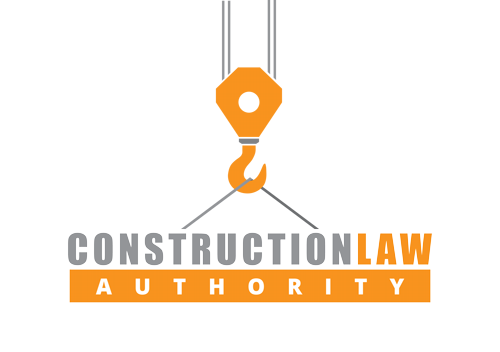“Commercial Real Estate: Predictions and Reflections 2023” – Practical Law Real Estate
Practical Law Real Estate asked leading real estate practitioners to share their thoughts on recent developments impacting the US commercial real estate market. Commercial real estate experienced another year of impressive growth in 2022, and despite cyclical headwinds, including increased interest rates, inflationary pressures, and a recession, the outlook for 2023 is cautiously optimistic. Although it is likely that the US economy will experience a recession in 2023, forecasts suggest that any recession will not be deep. The responses of Claramargaret Groover are featured below....

